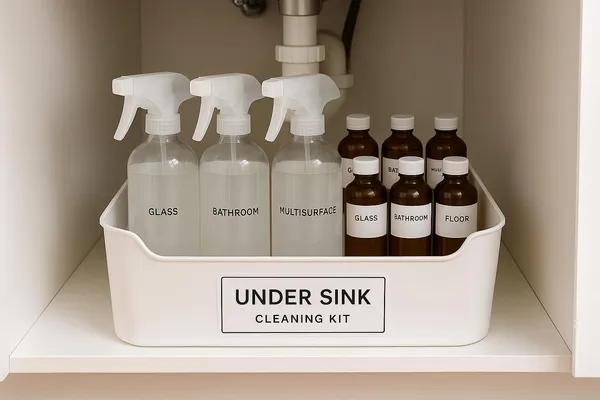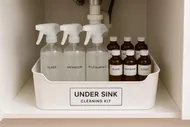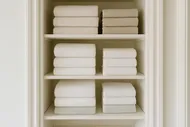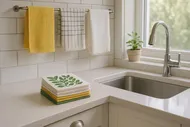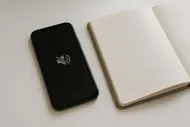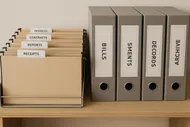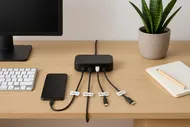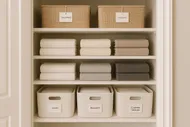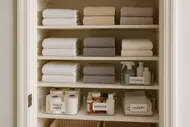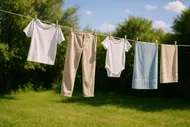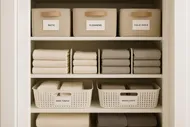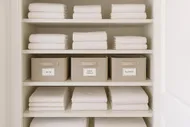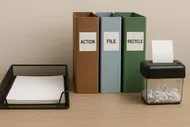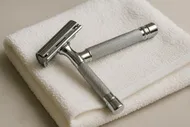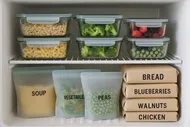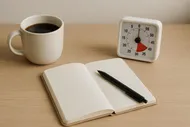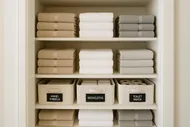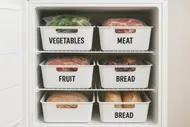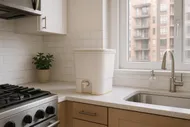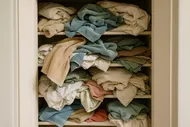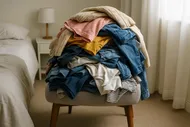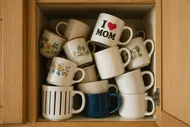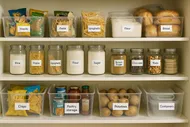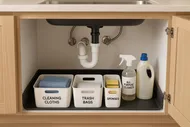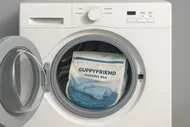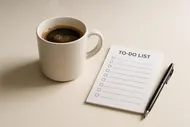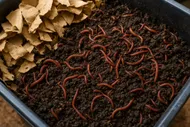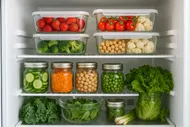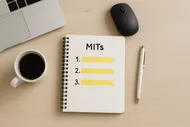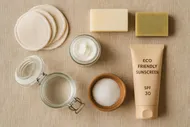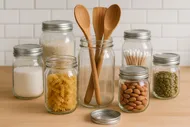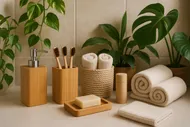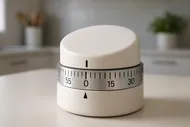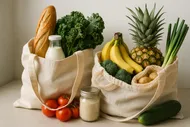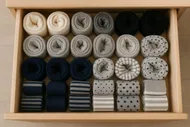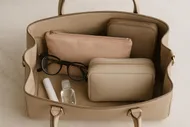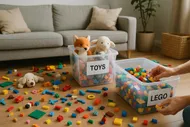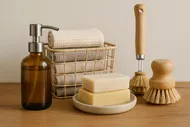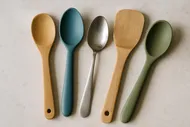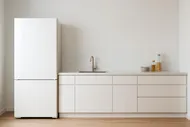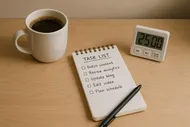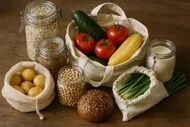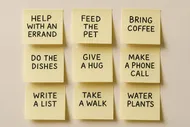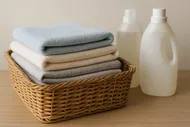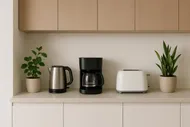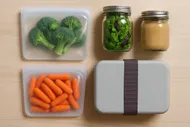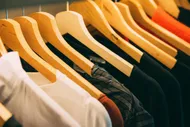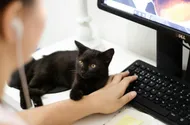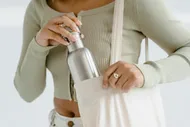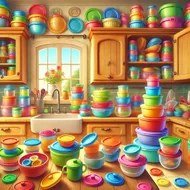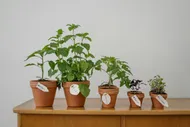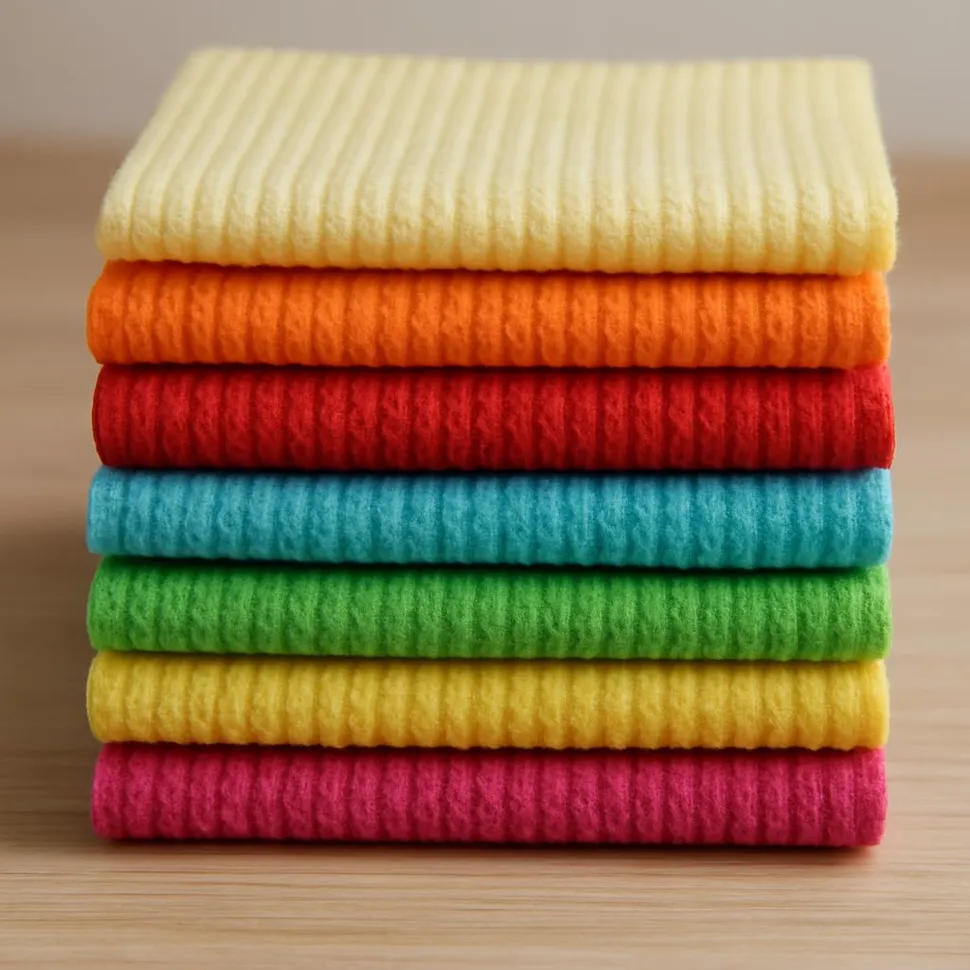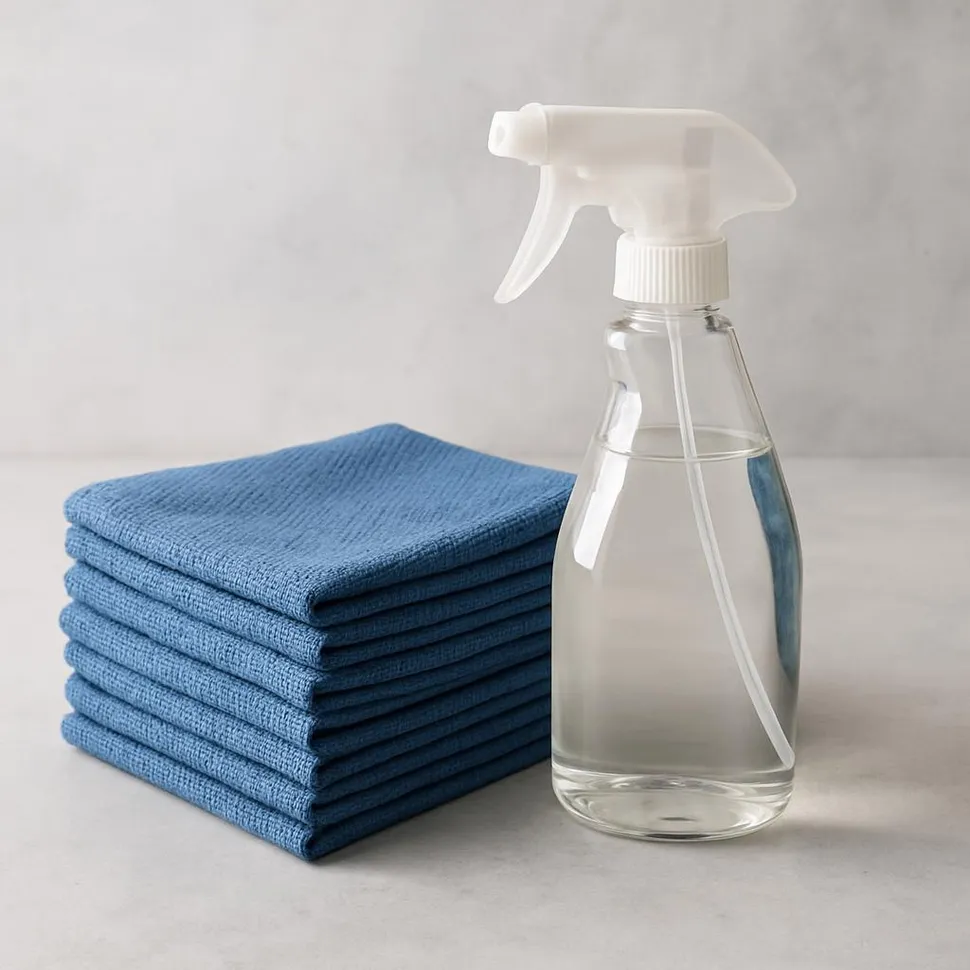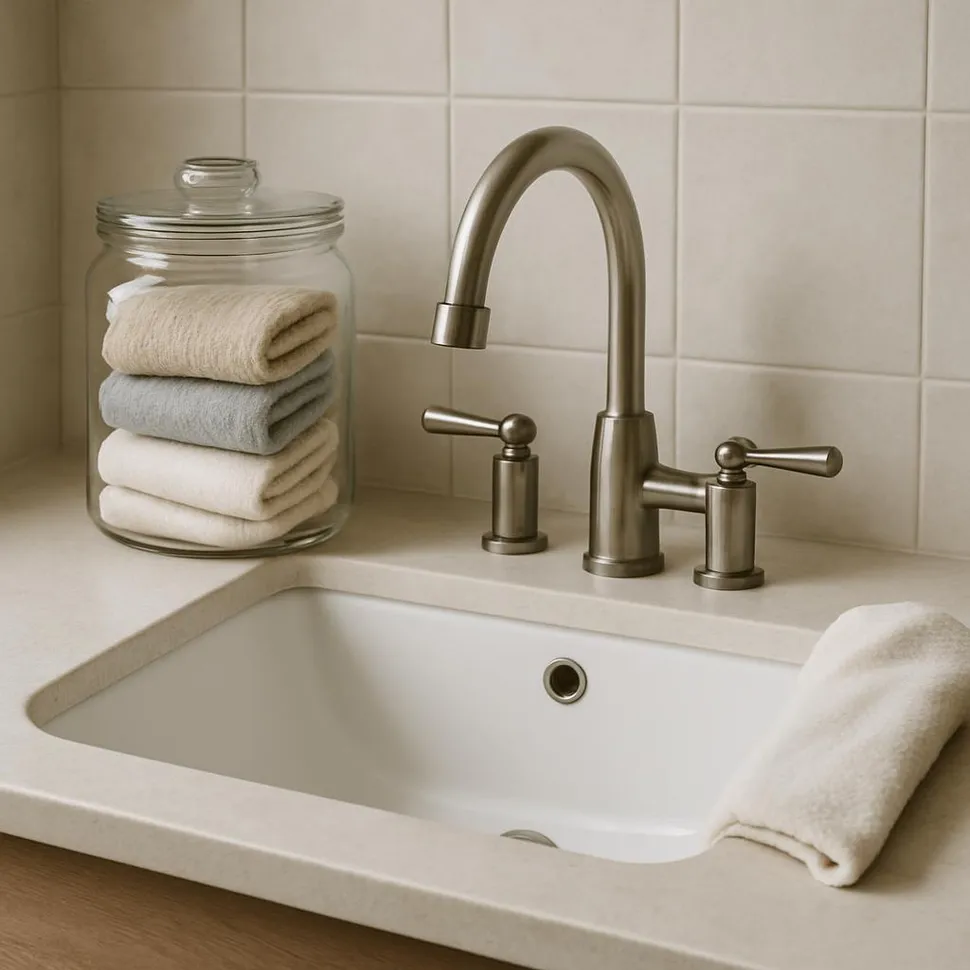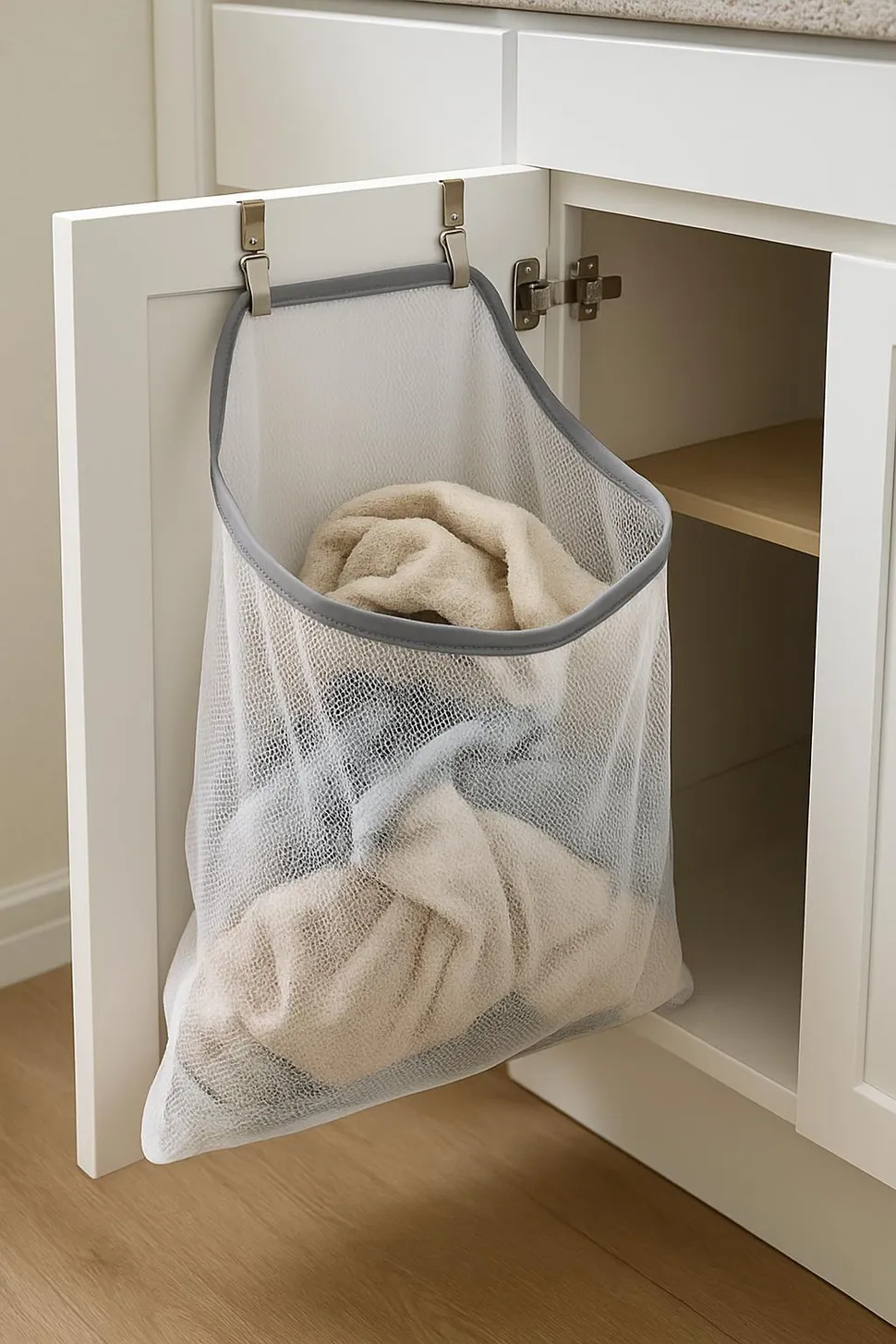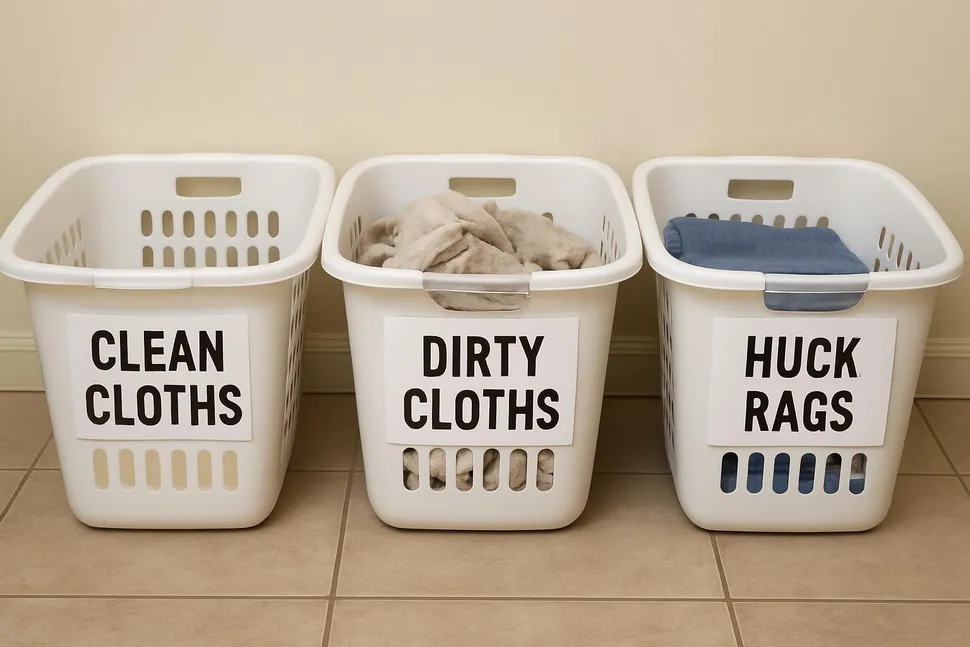What if you could unroll your last paper towel and never look back? Consider this your friendly kitchen plot twist: a one-week, laughably simple experiment that swaps the roll for three planet-loving MVPs—Swedish dishcloths, cotton unpaper towels, and huck rags. We’ll test spill sprints, grease goblins, and stain drama, break down cost-per-use, and set up a zero-fuss laundry routine. By next week, your counters will sparkle, your trash bin will slim down, and your wallet will whisper thank you.

Why go reusable at all? A typical household burns through 80–100 rolls a year. That’s a mini forest and a not-so-mini chunk of change. Reusable cloths soak more, last longer, and turn kitchen chaos into neat routines. And no, you don’t have to be a Pinterest elf to pull it off.
Meet the contenders
- Swedish dishcloths (cellulose/cotton): The fast-drying sponge-cloth hybrids that drink spills like a camel at happy hour. They’re compostable at end of life.
- Cotton unpaper towels (often flannel): Soft, grippy, and fantastic for wiping hands, countertops, and table crumbs.
- Huck rags (aka surgical towels): Durable, tightly woven cotton that excels at glass and stainless steel—less lint, more shine.
What not to choose for this challenge? Microfiber cloths. They clean well, but they shed microplastics in the wash. If those live at your sink, save them for special jobs and wash with a microfiber capture tool. Curious why? Read our test drive of laundry solutions in Microplastics in Laundry: Do Guppyfriend Bags and Filters Work?
The absorbency showdown: who drinks fastest?
I ran a very official Chloe-in-the-kitchen test with 1 cup of colored water on a baking sheet. Result highlights:
- Swedish dishcloth: Soaked up the spill in ~10 seconds, then released cleanly when wrung out. Holds 10–15x its weight.
- Cotton unpaper towel: Sipped steadily, took ~20–25 seconds. Holds about 5–7x its weight (varies by layers and weave).
- Huck rag: Speedy start, slightly slower finish than Swedish cloth, fantastic wring-out, and minimal lint.
If your life is 70% “oops, spilled again,” Swedish dishcloths are your MVPs. If your life is 70% “wipe the counter and dry the hands,” unpaper towels are pure joy. Huck rags shine on glass, mirrors, and polished steel—more on that in a sec.
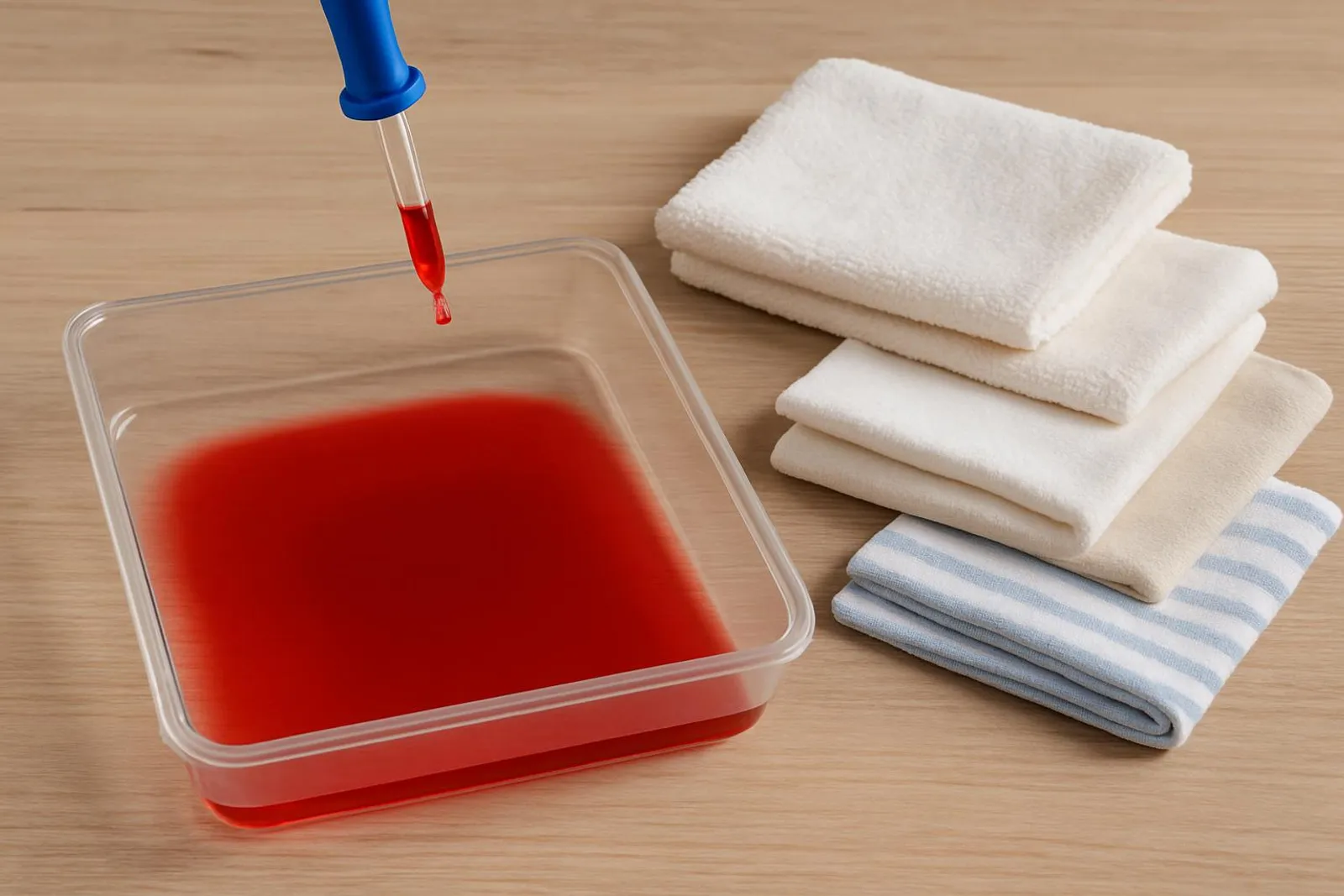
Grease and crumbs: different cloths, different superpowers
- Grease: Unpaper towels handle everyday oil splatters well, especially with a spritz of DIY all-purpose cleaner. Huck rags also perform nicely when you need a less-linty finish on stovetops.
- Crumbs: Swedish dishcloths are the crumb whisperers. They glide under toaster crumbs and corral them without smearing.
- Glass and stainless: This is huck rag territory. Pair with a tiny mist of vinegar-and-water for streak-free sparkle. No lint confetti!
While you’re setting up your cleaner caddy, grab our simple recipes in Greener Clean: DIY Eco-Friendly Cleaning Products for Every Room. Your stovetop will smell like citrus instead of chemicals.
Stain drama, solved
Ketchup, coffee, turmeric—kitchen villains, all of them. Here’s how I keep my cloths from joining the stained-and-sad club:
🧼Laundry that loves your reusables
- Rinse immediately after a messy job (hot water for fats, cold first for proteins).
- Rub a drop of dish soap into the stain, then toss in your hamper.
- Wash warm with an oxygen booster if needed; skip fabric softener (it reduces absorbency).
- Air-dry on a clip rack or tumble on low. Sunlight is nature’s stain lifter and odor buster.
Want to cut energy and still win at laundry day? Steal my favorite tricks from Eco-Friendly Laundry Hacks: Save Money and the Planet.

A note on sanitizing: Swedish dishcloths can go in the top rack of your dishwasher, be boiled for a couple minutes, or machine-washed. Unpaper and huck towels love a warm machine wash; add a scoop of oxygen bleach for deep refresh. If a cloth handled raw meat juices, I use a dedicated “gross rag” system—rinse hot, wash immediately with a sanitizing cycle or oxygen bleach, and line-dry in the sun. If you’d rather keep a small backup of compostable paper for those rare biohazard moments, that’s still a perfectly eco-upgrade.
Cost-per-use: it’s not even close
Let’s run the numbers—super simple, promise.
- Paper towels: If a roll costs $2 and you use 1.5 rolls/week, that’s about $156/year. If you’re a roll-a-week household, it’s still $104/year.
- Swedish dishcloths: A 10-pack often costs $18–$25, each lasting 2–3 months with regular use. That’s well under $1/month per cloth.
- Unpaper towels: Expect $20–$40 for a 12–24 pack of flannel. They’ll last a year or more with basic care.
- Huck rags: A 12-pack runs $15–$25, often lasting 1–2 years.
Even a modest starter set pays for itself in a few months. After that? Savings pile up like cookie crumbs you’ll effortlessly wipe away.

Your zero-paper-towel setup in 10 minutes
Make the reusable habit easy and obvious. A tiny “wipe-workflow” is the secret sauce.
- On-counter: Keep 1 Swedish dishcloth and 1 unpaper towel folded and ready by the sink.
- Hanging spot: Add one Command hook or a small rail for quick-dry. Air = no funky smells.
- Dirty bin: A small mesh laundry bag or lidded pail under the sink. Wash when full.
- Zones: Reserve huck rags for glass/steel, unpaper for hands and surfaces, Swedish for spills and crumbs.
- Label love: If you share a kitchen, label a basket “Clean Cloths” and the mesh bag “Dirty.”
Level it up with jars and baskets you already own. Need ideas? Peek at Upcycle Magic: Transform Glass Jars into Organizing Solutions for Every Room.
My favorite picks to get started
I’ve tested a bunch and these are easy wins for a first kit. They’re budget-friendly, durable, and simple to care for.
- Swedish dishcloth multipack: colorful, fast-drying, and compostable at end of life.
- Flannel unpaper towels: soft, absorbent, and perfect for everyday wiping.
- Huck surgical towels: lint-light heroes for glass and stainless.
Bonus: If you do wash microfiber for specific jobs, capture fibers with this washing bag.
For more kitchen swap inspo, check out The Plastic-Free Fridge: A Guide to Sustainable Food Storage That Actually Keeps Things Fresh.
The Great Unroll Challenge: your 7-day plan
The goal: survive 7 days without reaching for a paper towel roll. You’ll build muscle memory, discover your favorite cloth for each task, and tally your savings. Expect a little learning curve on Day 1–2, then smooth sailing.

Care routines that keep cloths fresh
- Daily: Rinse, wring hard, and hang to dry. Airflow is your friend.
- Every few days: Warm wash, skip softener, and dry on low. Add oxygen booster if needed.
- Monthly refresh: Boil Swedish dishcloths for 1–2 minutes or run them on the top dishwasher rack.
- Retirement plan: Demote stained unpaper towels to “garage/plant care” duty. Compost Swedish dishcloths at end of life if they’re pure cellulose/cotton without synthetic prints.
If you’re optimizing laundry energy use or curious about cold vs. warm cycles, you’ll love Eco-Friendly Laundry Hacks: Save Money and the Planet.
FAQ lightning round
- What about raw meat? Use a dedicated cloth that you immediately rinse and wash hot with oxygen bleach, then sun-dry if possible. If that feels stressful, keep a small stash of compostable paper for these rare cases. Progress over perfection.
- Will my kitchen smell like wet rag? Not if you wring well and hang to dry. Funk usually equals poor airflow or fabric softener buildup.
- Do I need special detergent? Nope. A simple, fragrance-free detergent works wonders. If you want to green it up further, see Greener Clean: DIY Eco-Friendly Cleaning Products for Every Room.
Small changes, multiplied by many people, can transform the world.
Unknown
Your turn: unroll the last roll
Try the Great Unroll Challenge this week. Hide the paper towels, stack your reusables, and let your kitchen be the test lab. Share your setup and before/after pics with me on Instagram so I can cheer you on: @mysimple.life.official. And if you want to keep the momentum going, pair this habit with The Plastic-Free Fridge: A Guide to Sustainable Food Storage That Actually Keeps Things Fresh and Zero-Waste Grocery Shopping: Beginner’s Guide and Best Reusables.
You’ve got this. One roll retired, a lifetime of cleaner counters and greener habits ahead.
